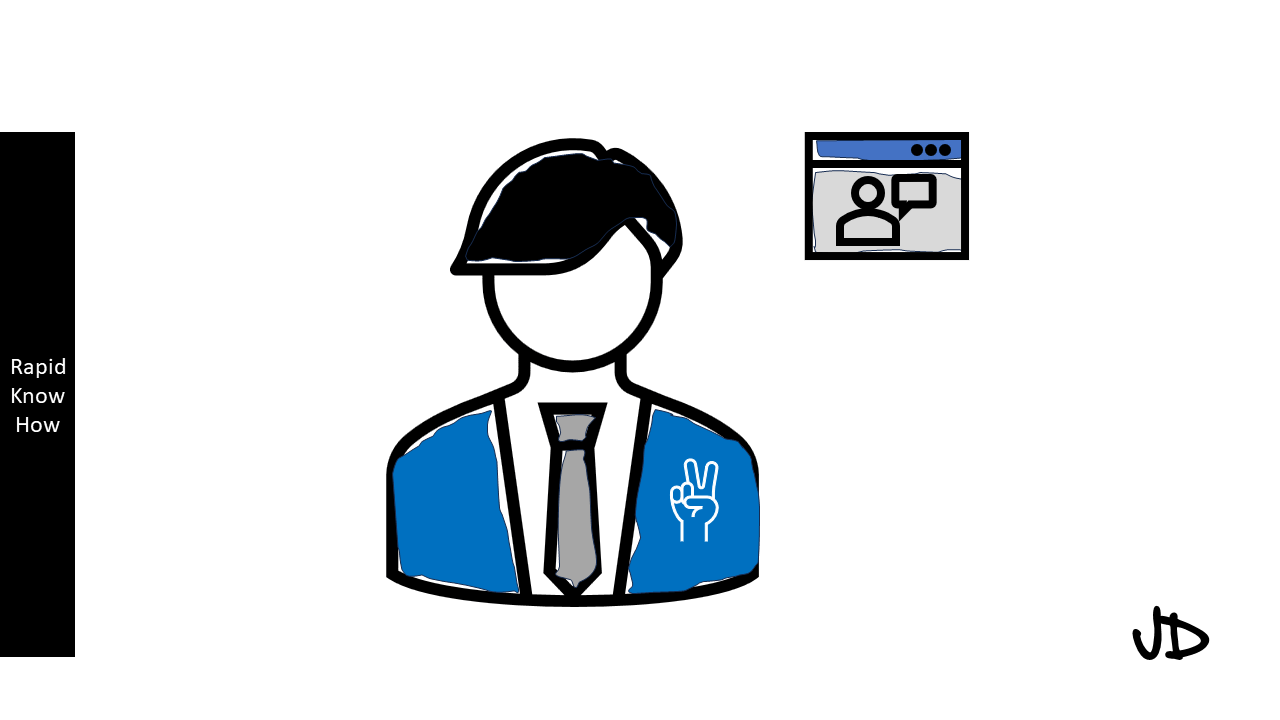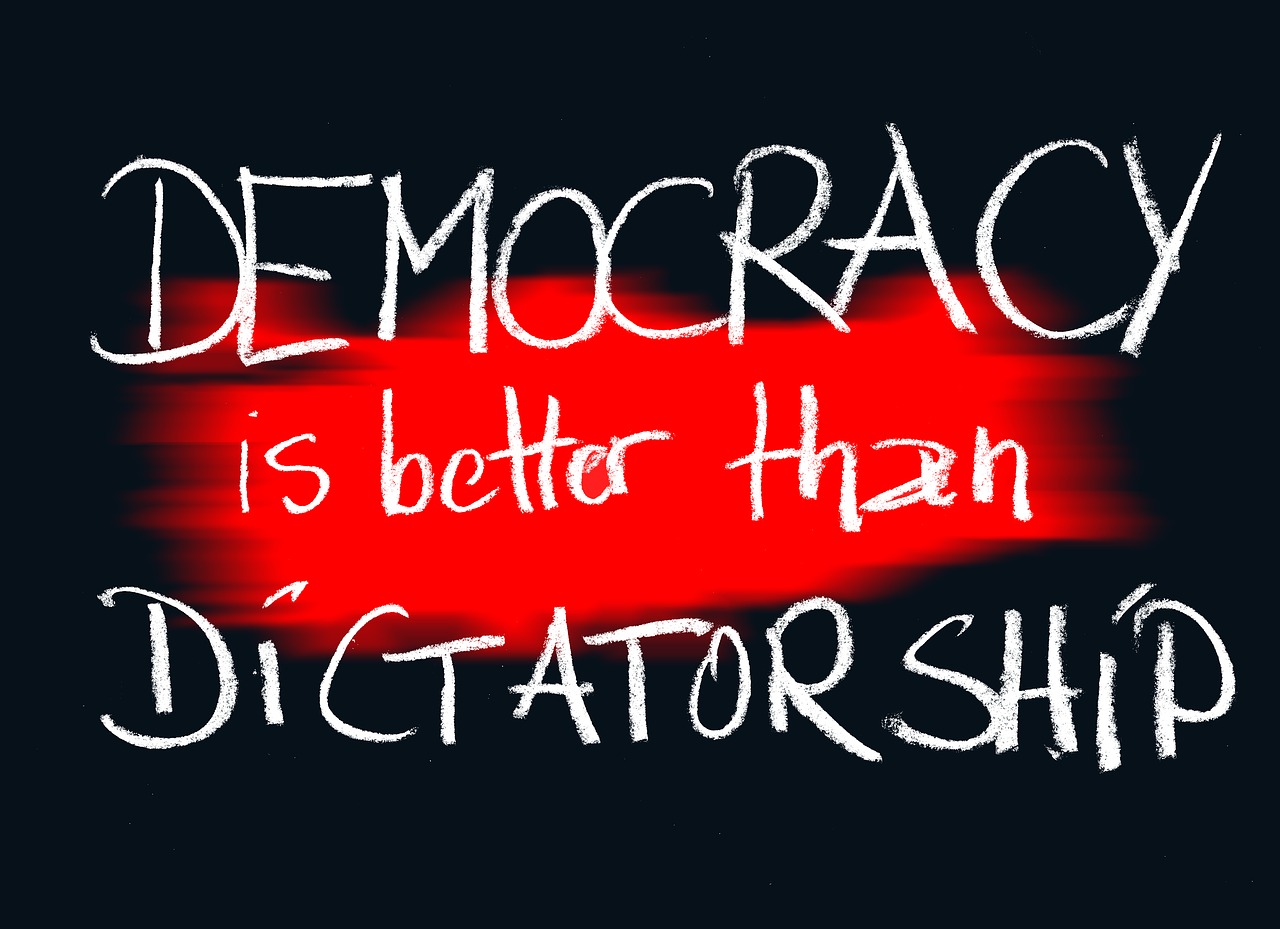RapidKnowHow : The Communicating & Collaborating Process
Life Leader > Communicate & Collaborate > What is the Root Cause? > How can I communicate and collaborate? > What is the best strategy to scommunicate & collaborate > Getting Started to communicate & collaborate in 3 Steps > Looking back and learn how I communicated & collaborated
Here’s an organized approach to enhance your communication and collaboration skills, which are essential aspects of effective leadership and teamwork.
1. What is the Root Cause?
Understanding the root causes of communication and collaboration issues can help address them more effectively. Common root causes include:
- Poor Communication Skills: Individuals may lack the necessary skills to express their thoughts clearly or listen actively.
- Cultural Differences: Variations in cultural backgrounds can lead to misunderstandings or misinterpretations in communication styles.
- Technological Barriers: In remote or digital environments, technology can sometimes hinder clear communication (e.g., issues with tools or platforms).
- Lack of Trust or Rapport: A team that does not trust one another may struggle to communicate openly and collaborate effectively.
- Ambiguous Roles and Responsibilities: Unclear expectations can lead to confusion and hinder collaboration efforts.
- Conflict Resolution Skills: A lack of skills in managing and resolving conflicts can create barriers to effective communication and teamwork.
2. How Can I Communicate and Collaborate?
Effective communication and collaboration can be enhanced through the following approaches:
- Active Listening: Practice listening to understand others, demonstrating empathy and openness to different perspectives.
- Clear Messaging: Be concise and clear in your communication, ensuring that your message is easily understood by others.
- Open Feedback Loops: Encourage feedback and create channels where team members can share their ideas, concerns, and suggestions.
- Utilize Appropriate Tools: Employ digital communication tools (like project management software, messaging apps, and video conferencing tools) to facilitate collaboration, especially in remote settings.
- Foster Inclusion: Make sure all voices are heard, particularly in group discussions. Encourage participation from all team members to leverage diverse perspectives.
3. Best Strategies to Communicate & Collaborate
- Set Clear Objectives: Outline clear goals for communication and collaboration efforts, ensuring that everyone understands the purpose of their collaboration.
- Build Relationships: Invest time in building rapport with team members to foster trust and facilitate open communication.
- Establish Norms and Guidelines: Create communication norms and guidelines (e.g., response times, preferred channels) that everyone agrees to follow to enhance clarity and consistency.
- Encourage Open Dialogue: Promote an environment where team members feel safe to express their thoughts and concerns without fear of judgment.
- Regular Check-ins: Schedule regular meetings to discuss progress, challenges, and updates, ensuring everyone is aligned and informed.
4. Getting Started to Communicate & Collaborate in3 Steps
Assess Your Current Communication Style:
- Reflect on how you currently communicate and collaborate. Identify strengths and weaknesses in your approach. Consider seeking feedback from trusted colleagues about your communication style.
Define Your Objectives for Improvement
- Set specific objectives for enhancing your communication and collaboration skills. For example, you might aim to improve active listening or to involve team members more in decision-making processes.
Choose and Implement Tools/Techniques:
- Select tools and techniques that fit your needs. This may include utilizing collaboration platforms (like Slack, Microsoft Teams, or Trello), practicing active listening exercises, or implementing regular team check-ins.
5.Looking Back and Learning from How I Communicated & Collaborated
Reflecting on past experiences can provide insights to improve future communication and collaboration:
- Evaluate Outcomes: Assess the results of your previous communication and collaboration efforts. Did they achieve the desired outcomes? Were there any obstacles that hindered success?
- Identify Effective Practices: Consider which strategies or practices led to successful communication and collaboration in the past. What approaches worked well, and how can they be repeated or improved?
- Learn from Mistakes: Reflect on any communication breakdowns or collaboration challenges. What went wrong, and how could you have handled the situation differently?
- Seek Feedback: Ask for feedback from colleagues and team members on your communication and collaboration skills. Use their insights to identify areas for improvement.
- Set New Goals: Based on your reflections, set new objectives for enhancing your communication and collaboration skills. Continue to adapt and grow in these areas.
By following this structured approach, you can enhance your communication and collaboration abilities, making you a more effective leader and team member. Improving these skills will lead to better relationships, higher productivity, and a more positive working environment.
Lead Your Life! It’s Yours!





